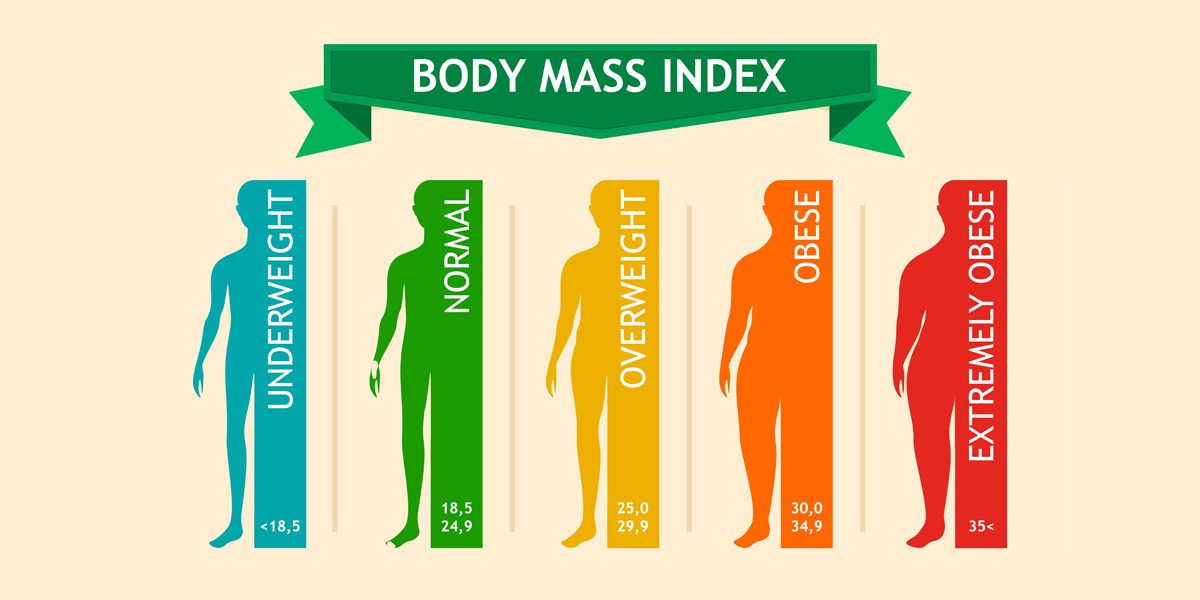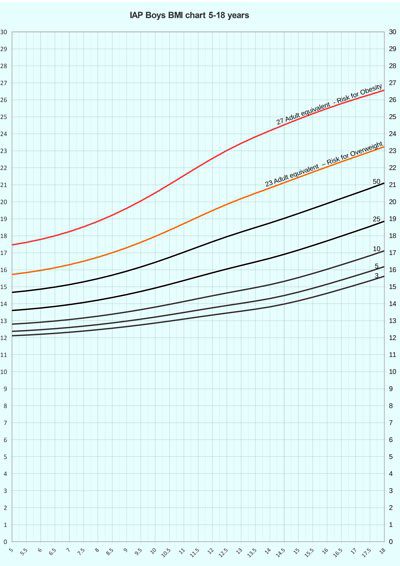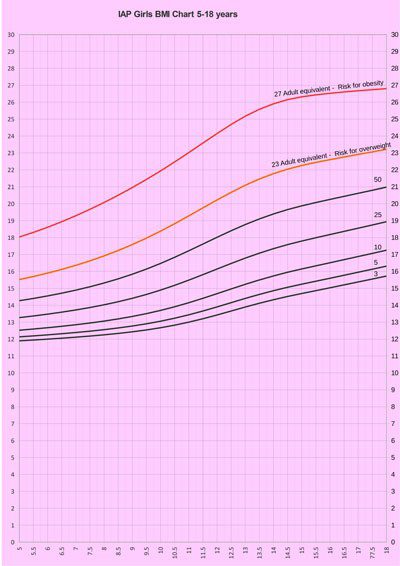Body Mass Index: What Is BMI & How To Calculate It?

Understanding a BMI chart can often be a good way to know your healthy weight range, so that you know your ideal weight and can work on keeping yourself healthy and weight.
The main goal of a BMI chart is to give an idea of how much a person should weigh, depending on their height.
In this article, we will take a look at what BMI means, and how it is calculated, take a look at BMI charts for men, BMI charts for women as well as BMI charts for children, and understand the different categories that a BMI chart has.
What is BMI?
The BMI chart or calculating BMI is an easy way to measure a person’s weight in relation to their height and understand whether that person has a normal healthy weight, is underweight, or is over-weight or obese.
The BMI chart is an indicator of your overall health.
How is BMI calculated?
BMI or the Body Mass Index is the number that you find when you measure a person’s weight, taken in kilograms, and divide it by the square of the person’s height which is measured in meters.
To calculate a person’s BMI, the following calculation needs to be worked on:
The weight of the person in kilograms (divided by) is the square of the person’s height in feet.
Is your weight increasing your health riskHealthy Weight
Calculator
BMI Chart For Men
The BMI chart for adult men is to be read as follows:
- BMI below 18.0 the male is underweight
- BMI between 18.0 and 22.9 the male has a healthy weight
- BMI between 23.0 and 24.9 the male is overweight
- BMI of 25 and above the male is obese
BMI Chart For Women
The BMI chart for adult women is to be read as follows:
- BMI below 18.0 the female is underweight
- BMI between 18.0 and 22.9 the female has a healthy weight
- BMI between 23.0 and 24.9 the female is overweight
- BMI of 25 and above the female is obese
The overall BMI range for adult males and adult females is the same, irrespective of age or gender.
BMI Chart For Children
While the formula for calculating a child’s BMI chart would be the same as that for calculating an adult’s BMI, the criteria to interpret them for children and teens will be different.
- In the case of children as well as teenagers, the BMI will take into consideration factors such as age and gender.
- This is because children and teens are at a growing age and as they grow, the amount of body fat they have will differ.
BMI Chart By Age
Here is a look at the BMI calculator or BMI chart for boys who are aged between ages 5 and 18.

*image source
https://www.indianpediatrics.net/jan2015/jan-47-55.htm
Here is a look at the BMI calculator or BMI chart for girls who are aged between age 5 and 18.


What is a Healthy BMI?
According to Indian standards, a BMI between 18.0 – 22.9 is considered healthy for both men and women.
BMI is an indicator of the amount of body fat a person has. While there is a big relation between BMI and the amount of body fat in a person, even then, two people who have the same BMI may have a different amount of body fat.
Here are a few factors that you should keep in account when you want to understand more about body fat:
- Even with the same amount of BMI, women will usually have more body fat than men.
- Even if two people have the same BMI, in some cases, the amount of body fat could be lower or higher depending on the ethnicity or racial groups they belong to.
- In case the BMI is compared between an athlete and a non-athlete, an athlete will have way lesser body fat as compared to a non-athlete.
- In the case of grown adults, people who are older will, on average, have more body fat as compared to younger adults.
Is BMI always Perfect?
With any type of health diagnosis, there are chances that the results may be a little here and there, and not always spot-on accurate. The same goes for a BMI calculator as well. For instance, if a woman is pregnant, or if a person has a higher amount of muscle mass, the BMI may differ as it would, given at other times.
- If you are planning to understand your overall health, it is better to do some other health tests along with your BMI check.
- This is because it may not always be the best option to take into consideration your BMI alone when there can be other factors too that could determine your overall health.
- The current measures of BMI that are prevalent today were initially largely based on studies and research that was done on a white population.
- As a result, there can be a lot of variation when the BMI is checked for different racial groups.
What are the Health Effects Of A Low BMI?
When a person has a low BMI, the chances of developing various health risks are high as well. A low BMI indicates that a person is underweight. In such cases, there can be certain health risks that the person could face, such as:
- Anaemia
- Osteoporosis
- Malnutrition
- The weakened immune system could put the person at a higher risk of contracting infection easily
- Infertility
Lost 22 kg in just 3 months!


Happy members
EMI
Guarantee
4.8/5
Weight Loss Program
What are the Health Effects Of A High BMI?
When a person has a higher BMI, the chances of developing various health risks are high as well. A high BMI indicates that a person is overweight or obese. In such cases, there can be certain health risks that the person could face, such as:
- Prediabetes or Diabetes
- Sleep apnea
- Arthritis
- High blood pressure or hypertension
- High cholesterol
- Non-alcoholic fatty liver disease
Fittertake
While using a BMI chart can be a good way to assess your overall health in general, you should not take it as the only diagnostic tool to understand your overall health.
Speak to your doctor, share your BMI with your doctor and carry out any other tests that they may suggest to get a better look at your overall health. Especially when it comes to weightloss, BMI is just one of the factors that you should look at along with waist circumference and body fat percentage.
The Fitterfly Weightloss Program is India’s first doctor designed weight loss program that takes a comprehensive approach to weight management. To know more about the same, reach to us here.
This blog provides general information for educational and informational purposes only and shouldn't be seen as professional advice.




















